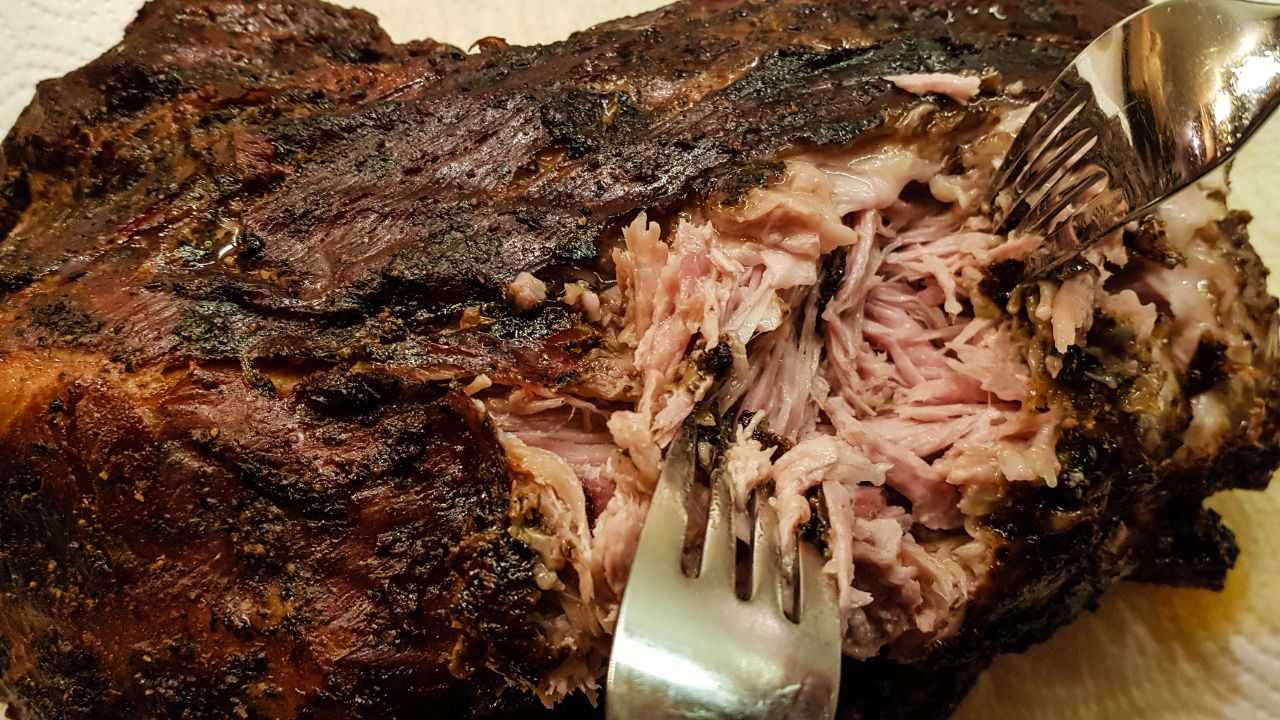Everyone has their own way of cooking pork, whether frying, broiling, grilling, baking, boiling, simmering, or slow cooking. But the big question is, does pork get more tender the longer you cook it? And if so, how long should you cook it to achieve the most tender pork?
In short, many factors contribute to whether pork gets tougher or more tender the longer you cook it. The main things to consider are the cut of meat you are cooking and the cooking method.
In general, cuts with a lot of lean muscle will toughen and dry out if cooked too long, but the cuts with a lot of connective tissue become tender and gelatine-like when cooked slowly with moist heat.
So let’s look at what some of the best and worst pork cuts for more extended cooking times are.
Why Are Some Cuts of Meat More Tender Than Others?
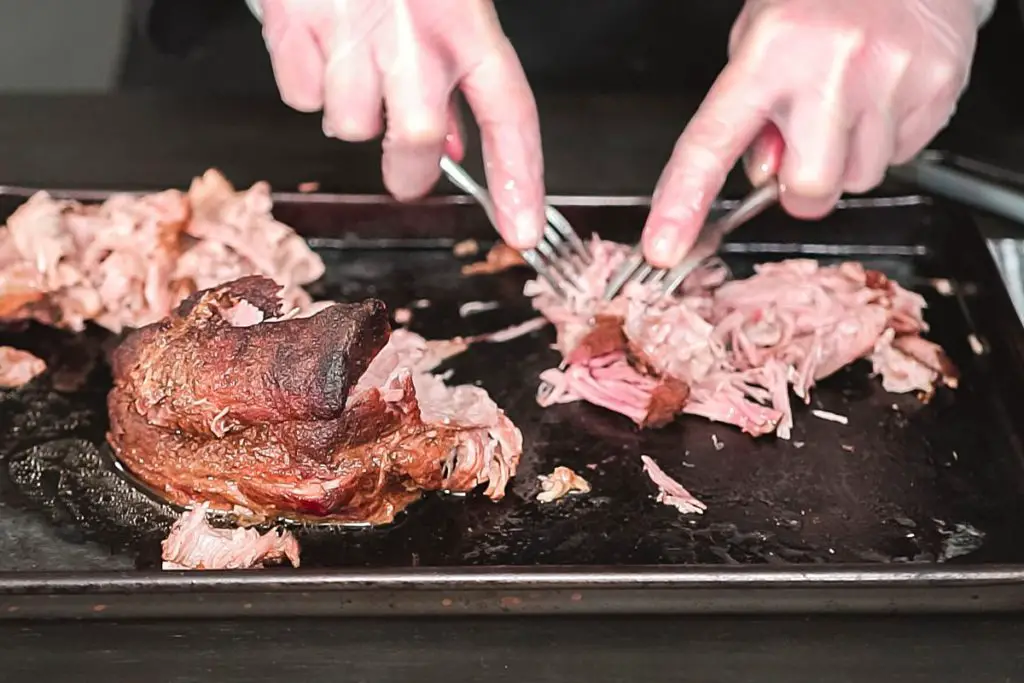
The cooking times of any meat cut—including pork—depend on whether it is inherently tough or tender.
You see, the meat we eat is just a combination of muscle, fat, and connective tissue. The differences you can find in each cut come from the proportions of each element, and it depends on where the meat cut was taken from. Naturally, these factors determine whether a piece of meat is tough or tender.
Tough cuts tend to have plenty of exercised muscle, lots of connective tissue, and little to no fat. On the other hand, tender cuts come from muscles without much exercise, with lots of fat, and lack connective tissues.
Does Meat Get More Tender The Longer You Cook It?
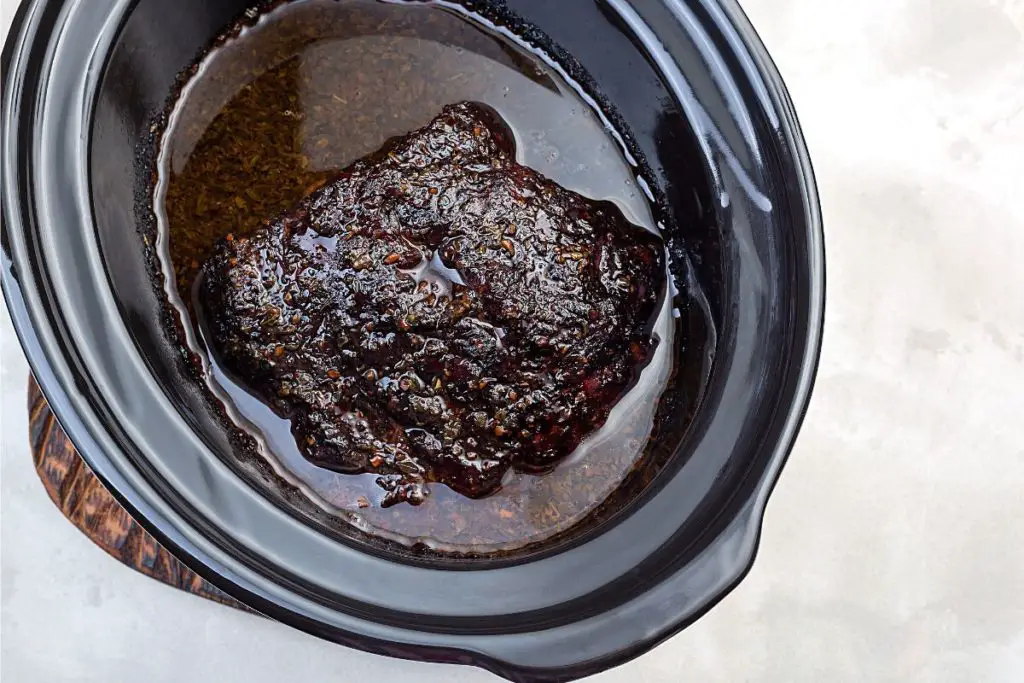
Figuring out cooking times for meat is a challenge because muscle, fat, and connective tissue all react to heat in vastly different ways.
Connective tissues are tough, but prolonged exposure to low heat gradually softens and breaks down those ligaments and collagen membranes into flavorful gelatin. As a result, extended heat can make the meat cuts much more tender.
On the other hand, lean muscle does not react well to extended heat exposure. As it cooks, the protein dries out and toughens up, turning what would otherwise be a tender cut into a dry, dense, and hard-to-chew piece of meat.
Which Pork Cuts Benefit From Slow-Cooking Methods?
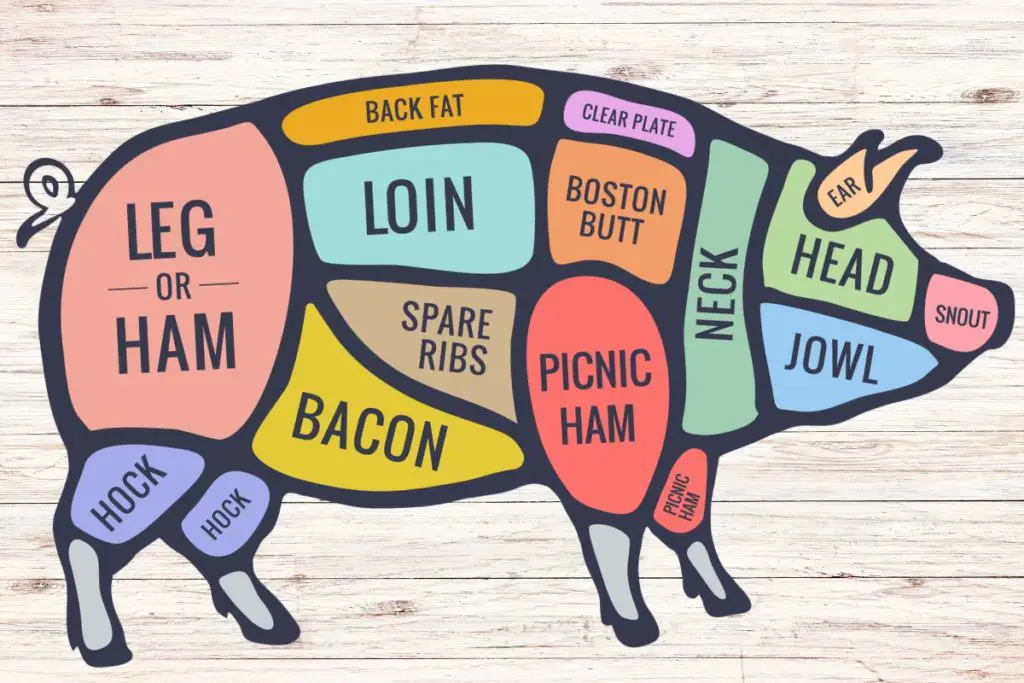
As I explained before, the pork cuts that get more tender with longer cooking times are those that are naturally tough and full of connective tissues (collagen). On the opposite side, the leanest and most tender pork cuts should NOT be cooked for long.
Subsequently, the key is knowing which pork cuts are suitable for slow-cooking methods. In those terms, let’s look at five popular main primal cuts—shoulder (Boston butt), loin, shank, leg, and side or belly (bacon).
Pork Loin
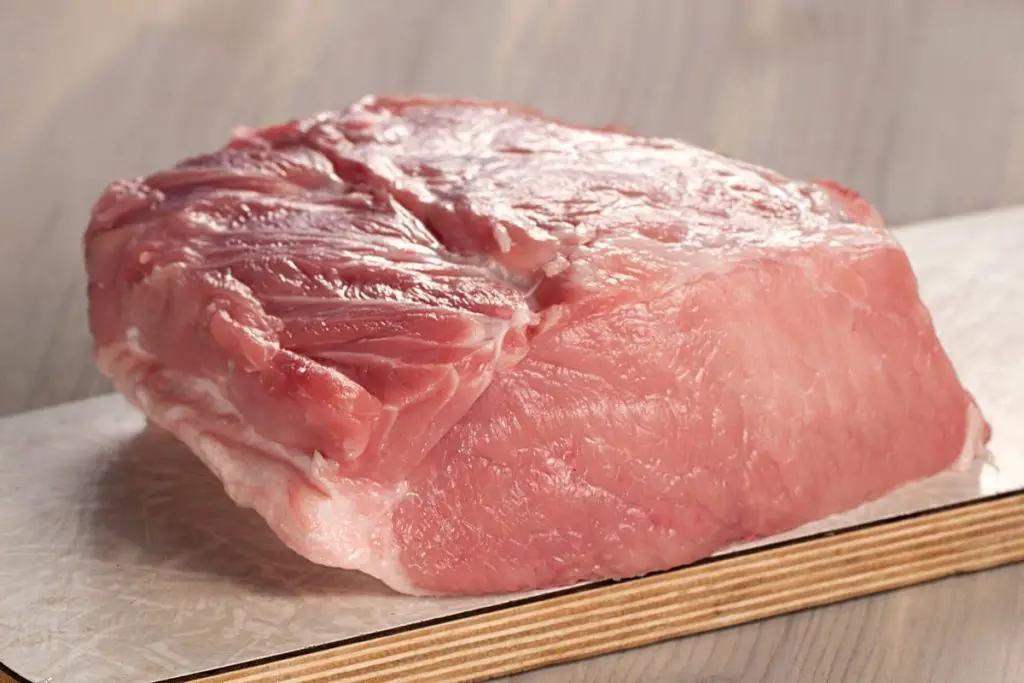
The loin segment of the pork is between the shoulder and back legs, and it contains well-known cuts such as blade end, sirloin end, or rib chops. They are the most delicate part of the pork and do not require long and slow cooking to tenderize them.
These cuts of pork are best suited to shorter cooking methods like pan searing or grilling.
When roasting, oven broiling, grilling, or panfrying, the loin cut can quickly dry out and become tough and chewy if cooked too long. An average size bone-in pork chops will take about 5-7 minutes of frying on each side; anything more, and you risk overcooking it.
Boston Butt
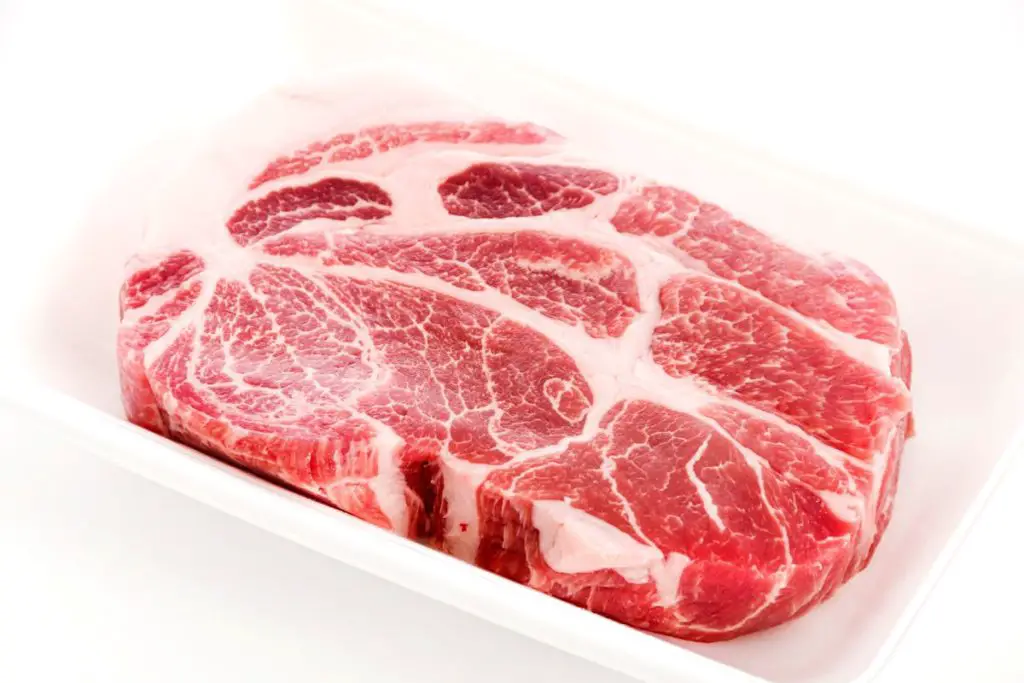
By contrast, the primal shoulder cut is the best option for slow cooking, slow roasting, braising, oven cooking, and smoking. It is considered a relatively tough cut of meat thanks to the hard-working muscles and abundant connective tissue.
In that regard, the ordinarily tough Boston butt/shoulder cut is the best candidate for slow-cooking methods. It is a substantial cut from the pork’s upper shoulder, making it well-exercised and full of connective tissues.
This cut it is also incredibly flavorful, ideal for many slow-cooking techniques, and will get deliciously tender when cooked slow and low. It is also the best cut for pulled pork.
The cook time can vary depending on the size of the roast and the method of cooking. For the most tender result, I would recommend slow cooking in a crockpot for 7-9 hours at a ‘low’ setting.
Pork Shank
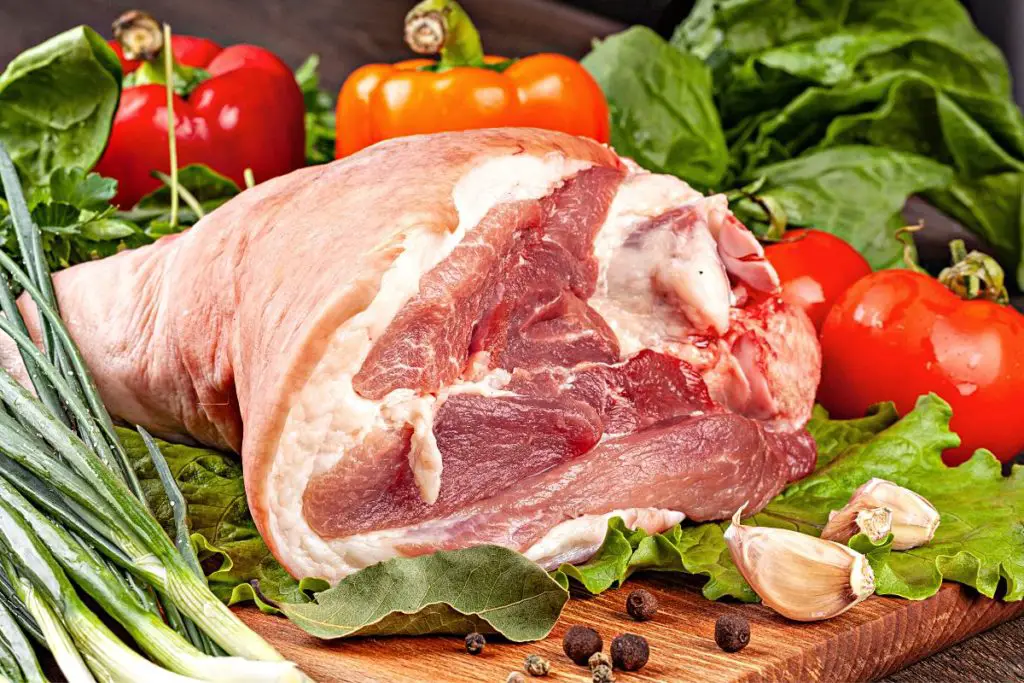
Immediately below the pork butt is the pork shank or picnic ham, as seen in the diagram above. It is a cut from the pig’s front forearm. It consists of muscle and tough connectives, making it a tough cut of meat that is best cooked slowly, such as in a braise or stew.
When cooking pork shank, it is important to begin by searing the meat to create a flavorful crust. The pork shank can then be slowly cooked in a braising liquid until the meat is tender. This process usually takes 2-3, but the end result is well delicate piece of meat.
Pork Belly
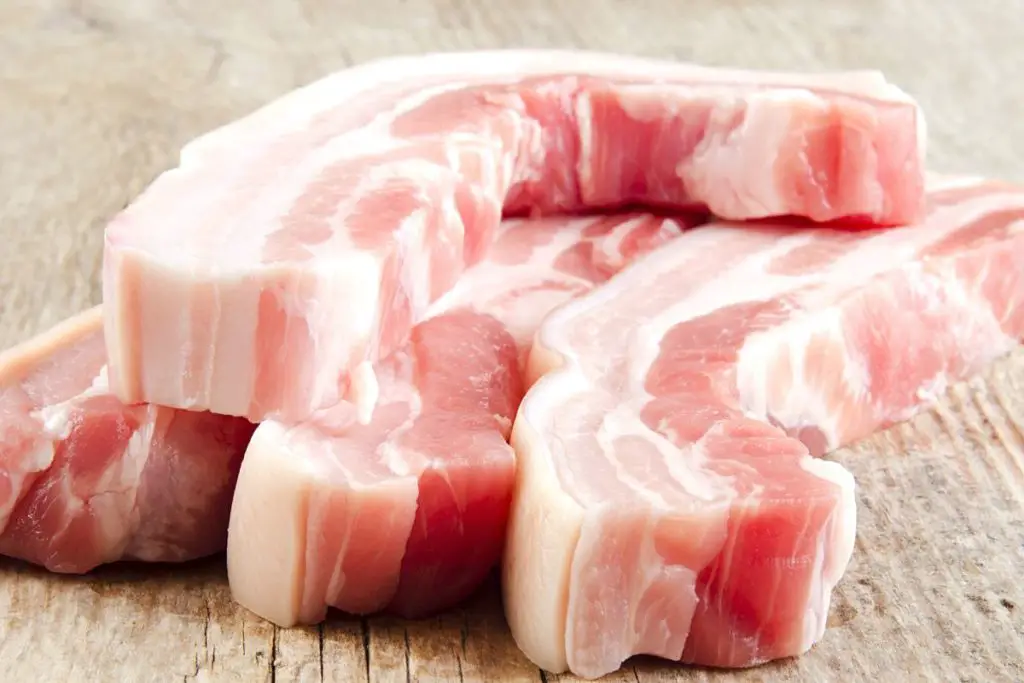
The pork belly is a popular cut of pork that comes from the belly of the pig. It is often used for bacon and is considered a fatty cut of meat. The pork belly is a versatile cut of meat, rich in flavor, and has a tender texture. It is a popular choice for barbecuing or slow roasting.
Slow roasting a pork belly in the oven is a great way to cook the meat evenly and ensure a moist and tender result. The pork belly will take about 2-3 hours to slow roast, depending on the size of the cut.
Ham Cut

The pork leg or ham cut is a large muscle that runs the length of the pig’s hind leg. It is a tough cut of meat that is best slow-cooked until tender. It is also often cured in salt and smoked. Ham benefits from long and slow cooking to become perfectly tender.
The cooking time for raw pork ham in the oven will vary depending on the weight and thickness of the meat and whether it has bone or not.
In general, plan to cook pork ham at a minimum of 325°F (162°C) for 20 minutes per pound or until an instant-read thermometer registers 145°F (63°C) when inserted into the center of the meat. Bone in cuts may require up to 25 minutes per pound.
Related Post: The 4 Best Cheap Cuts Of Beef For Slow Cooker Stew.
Best Cooking Methods For Tender Pork
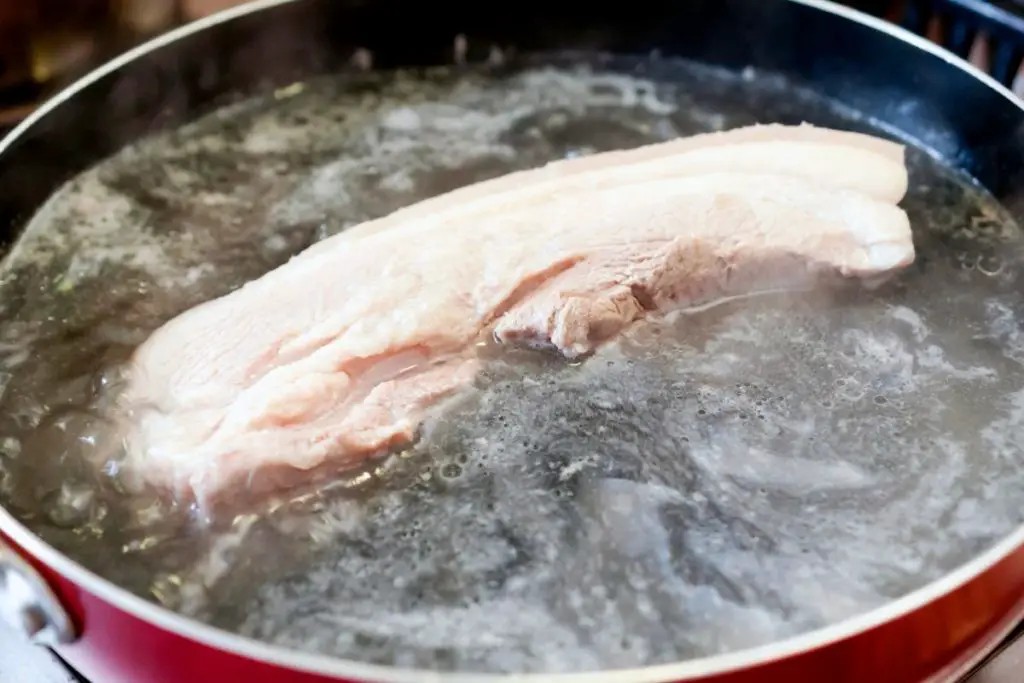
When it comes to techniques and methods, it all depends on taste. Slow roasting, stewing, or braising all work perfectly to transform tough cuts into delectably tender meals.
However, no matter the recipe or technique you choose, there are three main factors you need to keep in mind—time, heat, and humidity.
To ensure your pork remains at the perfect point of tenderness without dissolving or turning tough, you must cook it in gentle moist heat. To achieve this, the best methods are stewing or braising. Having optimal moisture levels guarantees the cut will not dry up under constant heat exposure.
Likewise, a moist environment helps regulate the temperature, as liquids can create a stable climate that ensures the heat never increases or decreases too much. In particular, at this low temperature, the proteins in the muscle are less likely to overcook, preventing it from getting tough.
Finally, the long cooking time allows heat and humidity to induce changes without damage. In particular, it allows them to break down the collagen in the connective tissue in tough meat cuts, transforming it into a jelly-like liquid that gives the pork a tender, succulent texture and extra flavor boost.
Related Post: Is It Safe To Leave Slow Cooker On Overnight?
How Long To Boil Pork To Make It Tender?
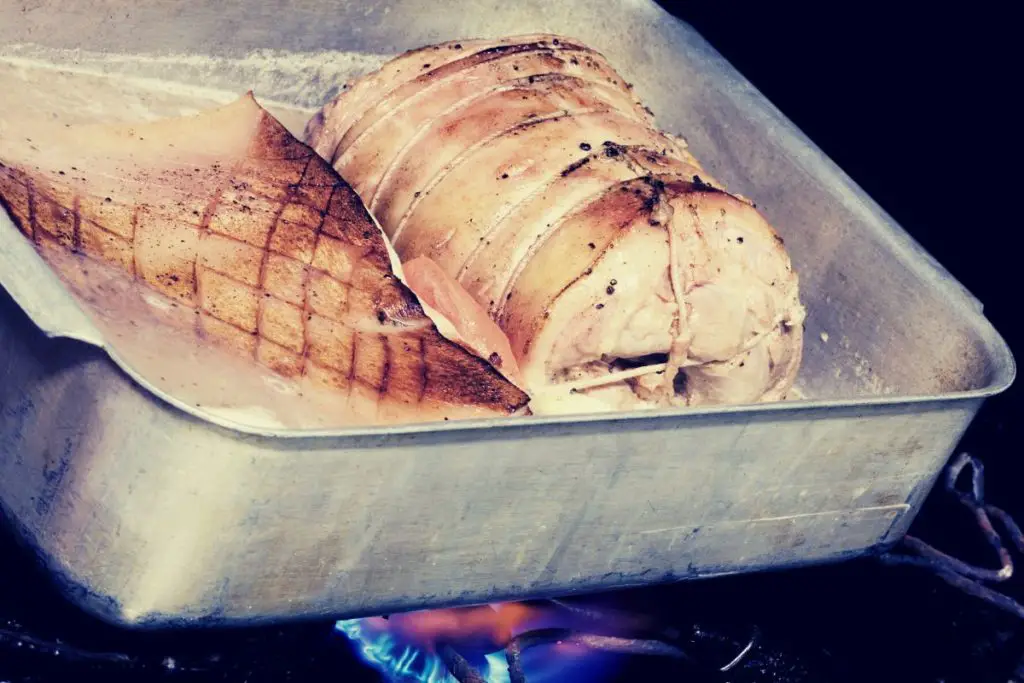
I wish I could give you a straightforward answer, but I can only tell you that it is relative. Factors such as the cut, the size, the cooking method, the thickness, the humidity, and the recipe play an essential role; therefore, there is no universal answer. Also, check the meat cut section above for more detailed cooking time recommendations.
Keep in mind that the ideal oven temperature—if using one—usually hovers around 300°F (150°C) and the time range tends to go from 4 to 12 hours, depending on the cut.
How To Know When Pork Is Cooked?
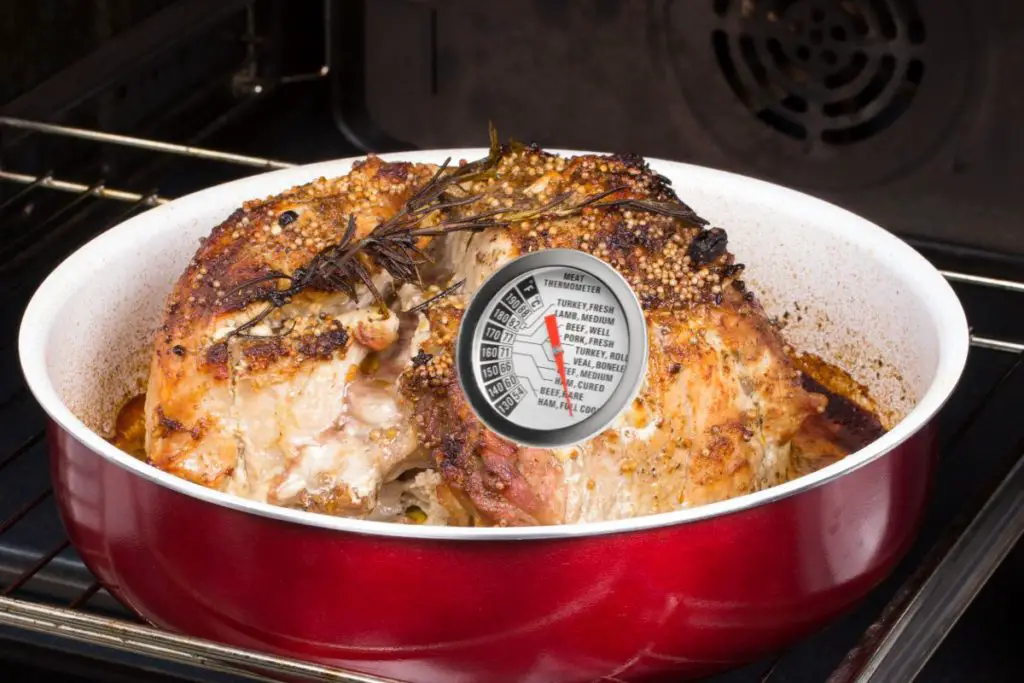
Your best guide to knowing when the pork is done is when the meat is tender, juices that come out run clear, and the internal temperature of your pork has reached 145°F (63°C). To check doneness, use a digital meat thermometer.
According to the United States Department of Agriculture (USDA), the safe cooking temperature for pork is when it internally reaches 145°F (63°C). Subsequently, that means that whatever meat cut or cooking method you decide, you must always ensure your pork reaches the minimum internal temperature with a thermometer, as otherwise, you risk exposing people to bacteria that cause food poisoning.
After reaching that temperature and ensuring your food is safe, check for consistency and texture. You will know your meat is done when it is tender and starts to fall apart. At that point, you can increase the temperature by 50 degrees for an additional half an hour to create a crisp golden exterior.
If your pork remains tough despite lengthy cooking periods, keep in mind your cut—tough meat might need more time for the collagen to dissolve, but tender cuts may be overcooked.
Read Also: 4 Best Ways To Cook Thick-Cut Bacon (Crispy Or Chewy).
Sources:
- Alfaro, Danilo (2021). Cuts of Pork: a Pig Diagram and Pork Chart. Retrieved from https://www.thespruceeats.com/pig-diagram-and-pork-chart-995306.
- Christensen, Julie (n/d). What Are the Temperatures for Slowly Baking a Pork Roast? Retrieved from https://oureverydaylife.com/temperatures-slowly-baking-pork-roast-21903.html.
- The Cook’s Illustrated Meat Book. Pork Cuts: A Visual Guide. Retrieved from https://cimeatbook.com/pork-cuts-a-visual-guide/.
- Foster, Kelli (2017). Everything About Pork Shoulder: How to Buy It and Cook It To Perfection. Retrieved from https://www.thekitchn.com/heres-everything-you-need-to-know-about-pork-shoulder-4-ways-to-cook-it-242362.
- Van, Diane (2020). Cooking Meat? Check the New Recommended Temperatures. Retrieved from https://www.usda.gov/media/blog/2011/05/25/cooking-meat-check-new-recommended-temperatures
- Watson, Molly (2020). A Complete Guide to Pork Cuts. Retrieved from https://www.thespruceeats.com/complete-guide-to-pork-cuts-4067791.
